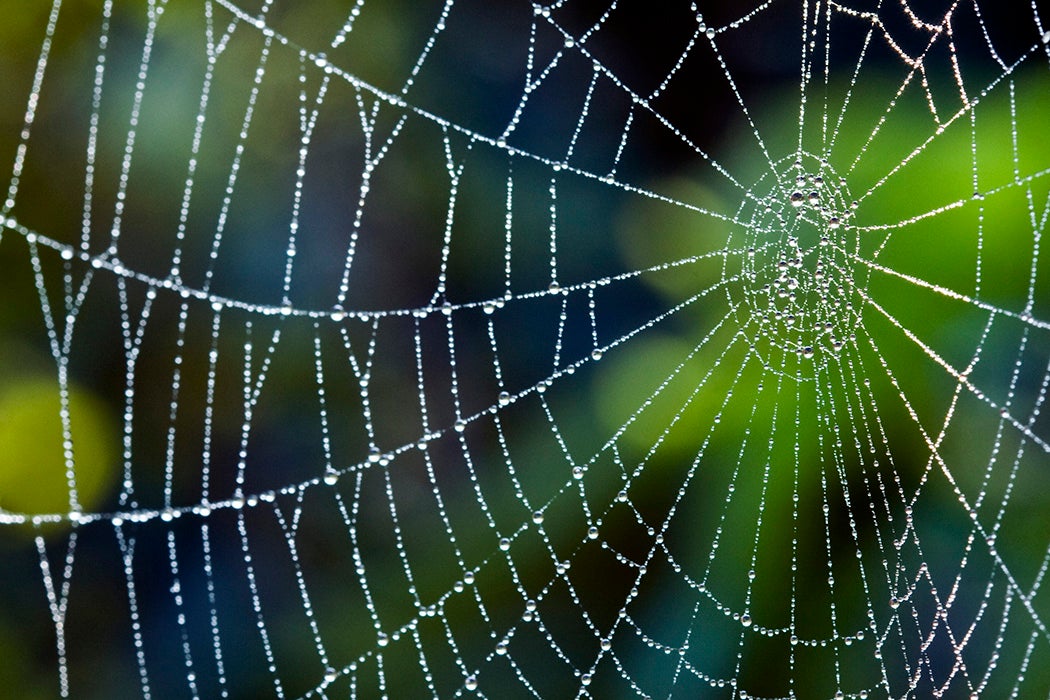
Introduction
Spider webs are intricate structures built by spiders, which belong to the arachnid family. These fascinating creations serve various purposes, including catching prey, providing shelter, and facilitating reproduction. Spider webs come in diverse shapes and sizes, showcasing the remarkable adaptability and survival skills of these creatures.
Structure and Composition
A spider web is composed of silk threads spun by the spider itself. The silk is produced from specialized glands in the spider's abdomen. These silk glands can produce different types of silk, each serving a specific function. The threads of the web are incredibly strong and elastic, allowing the spider to capture and secure its prey.

Web Types
There are several types of spider webs, each designed according to the spider's hunting strategy and environment. The most common types include orb webs, sheet webs, funnel webs, and cobwebs. Orb webs are circular and often found in open spaces, while sheet webs are flat and horizontal, typically found in vegetation. Funnel webs are funnel-shaped and located in ground or foliage, while cobwebs are irregular and messy, found in corners or abandoned places.

Web Building Process
Spider webs are meticulously built through a complex process. First, the spider releases a line of silk into the air, allowing it to be carried by the wind until it attaches to a suitable anchor point. The spider then walks along this initial thread, reinforcing it and creating a framework for the web. Next, the spider adds radial threads and spirals, making the web stronger and more efficient in capturing prey.
/spider-in-dew-covered-web-10003470-58e666405f9b58ef7ec6f19c.jpg)
Web Functionality
Spider webs serve multiple functions essential for a spider's survival. The primary purpose is to catch prey, with the sticky silk strands acting as traps. When an insect or other small creature flies or crawls into the web, it becomes entangled, allowing the spider to immobilize and devour it. Additionally, spider webs also function as shelters, where spiders rest, molt, mate, and lay eggs.
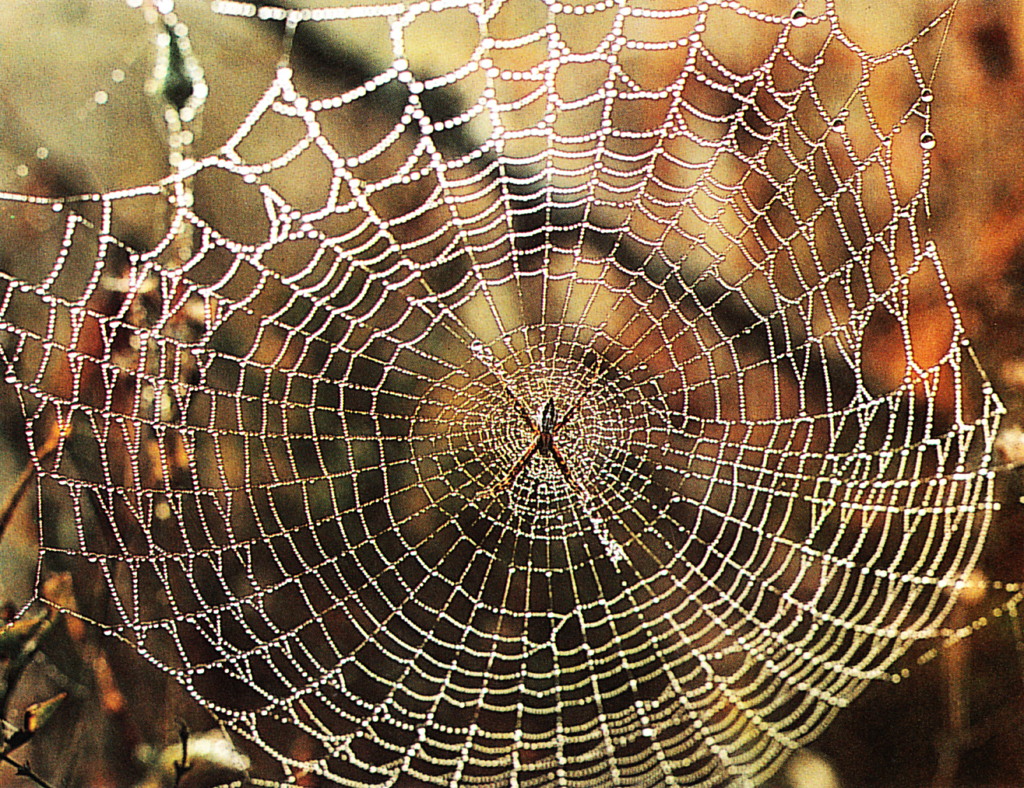
Spider Web Adaptations
Spider webs have evolved to suit various habitats and prey types. Some spiders create webs with intricate patterns that act as camouflage, making them less visible to potential prey. Others modify their webs to vibrate when prey gets caught, alerting the spider to its presence. Certain species even build communal webs, where multiple spiders share a single web, increasing the chances of capturing larger prey.
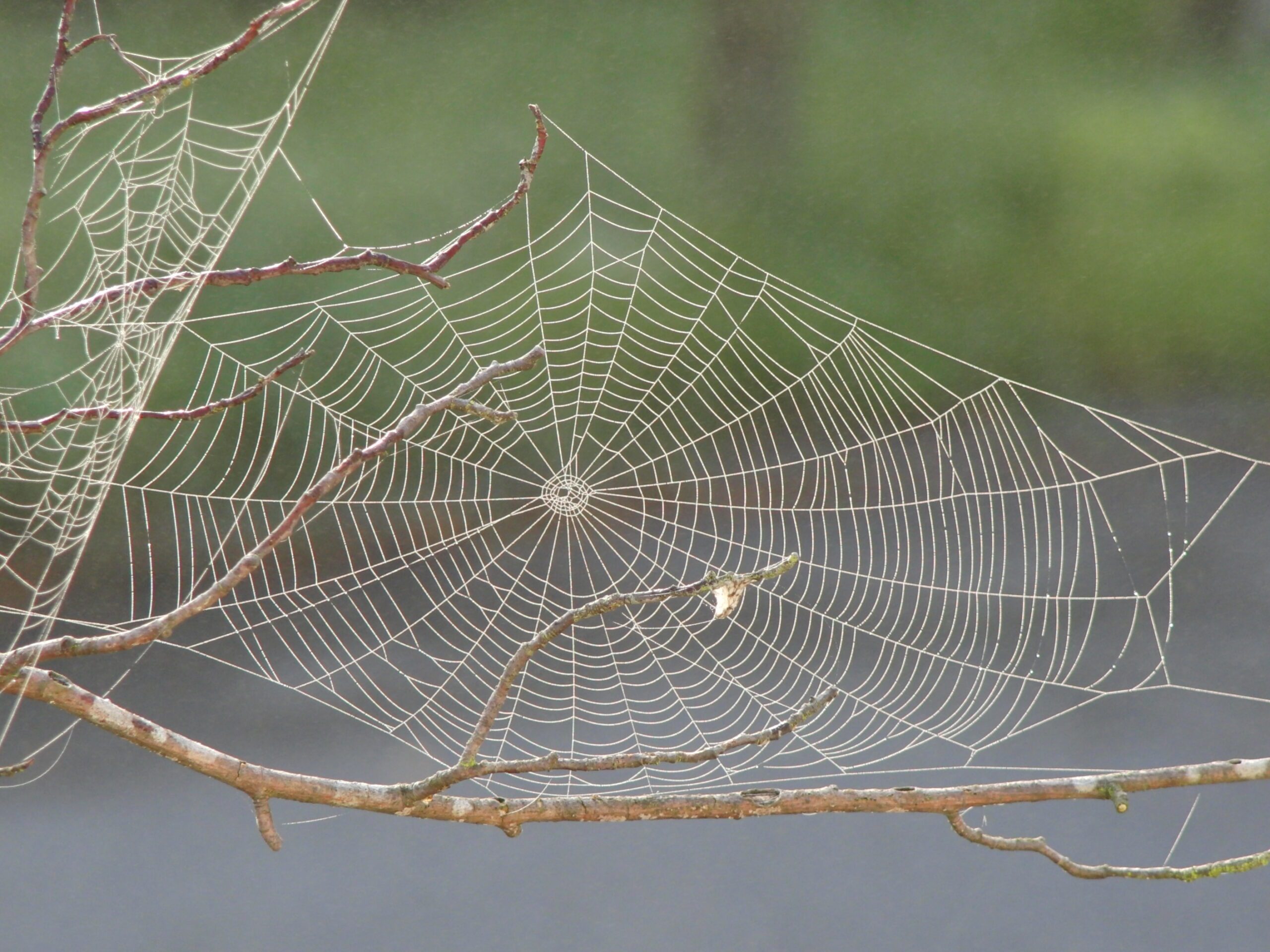
Spider Web Maintenance
Spider webs require regular maintenance to remain functional. Spiders often consume and recycle old webs, reusing the proteins to produce new silk. This process ensures the web remains sticky and effective in capturing prey. Additionally, spiders may repair damaged or worn-out sections of the web, reinforcing the structure to maximize its efficiency.
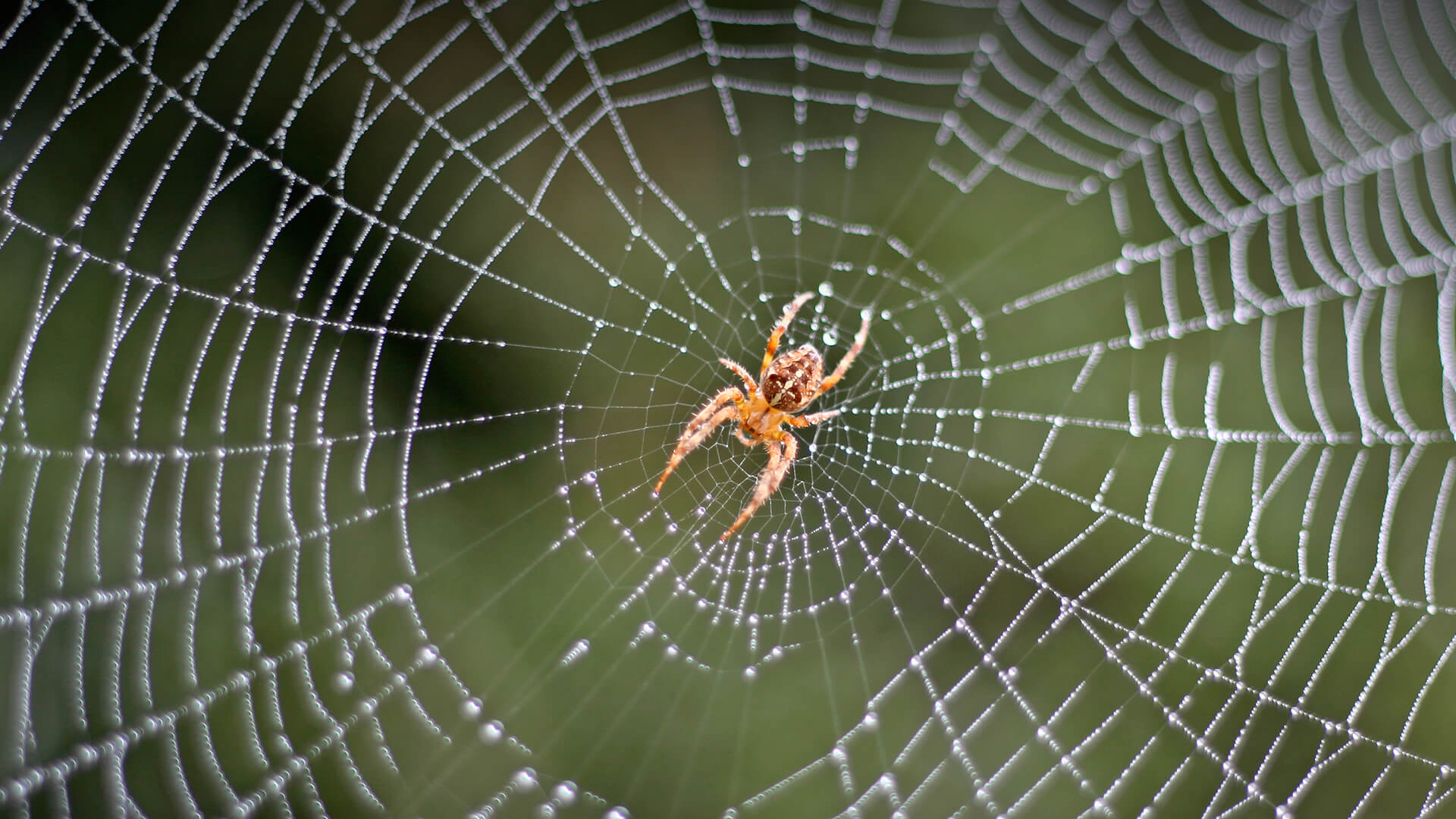
Spider Web Destruction
While spider webs are remarkable creations, they are not permanent structures. Factors such as wind, rain, and physical disturbances can damage or destroy spider webs. When a web is damaged, spiders assess the extent of the damage and decide whether to repair or abandon it. Some spiders even consume their own web intentionally, recycling the silk proteins for future web construction.
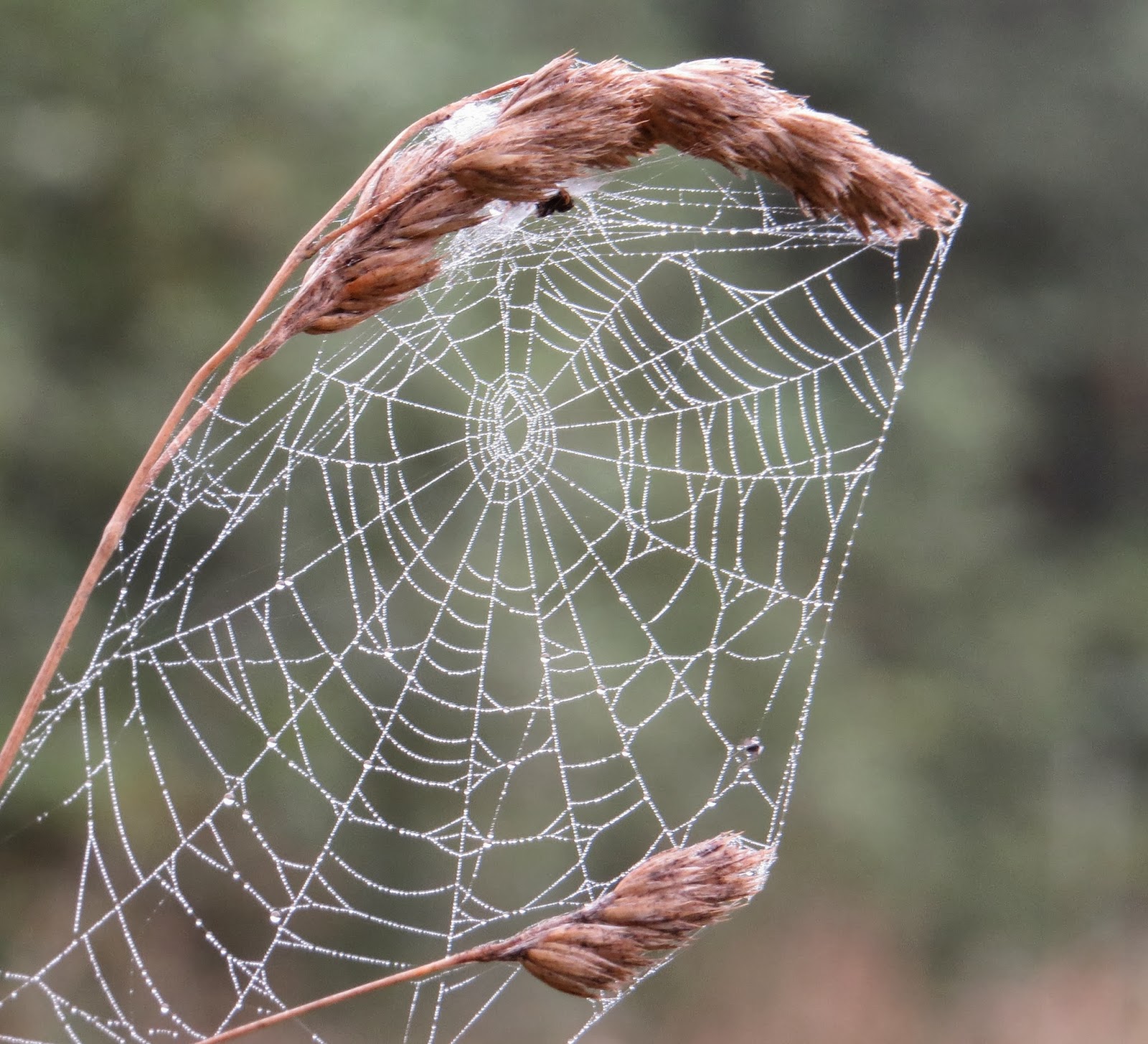
Spider Webs and Human Interaction
Spider webs often elicit mixed reactions from humans. While some people appreciate their beauty and intricate designs, others may find them unsettling or even fear-inducing. It is important to remember that spiders play a crucial role in controlling insect populations and maintaining ecosystem balance. Observing spider webs can provide valuable insights into the natural world and the marvels of arachnid behavior.
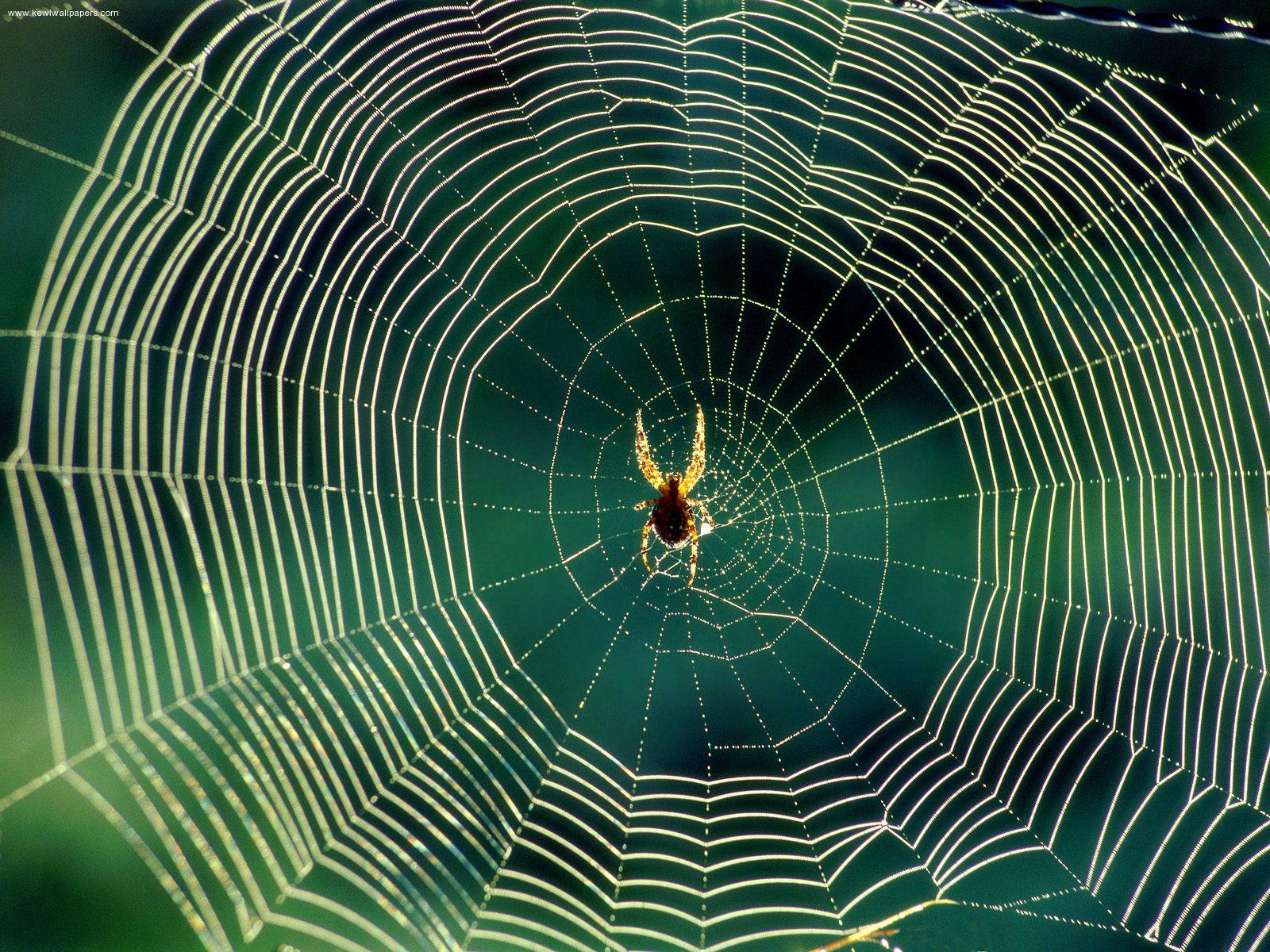
Conclusion
Spider webs are remarkable structures created by spiders, showcasing their ingenuity and adaptability. These intricate designs serve multiple purposes, including prey capture, shelter, and reproduction. Understanding the structure, types, and functionality of spider webs can offer a deeper appreciation for the fascinating world of spiders and their significant role in maintaining ecological balance.